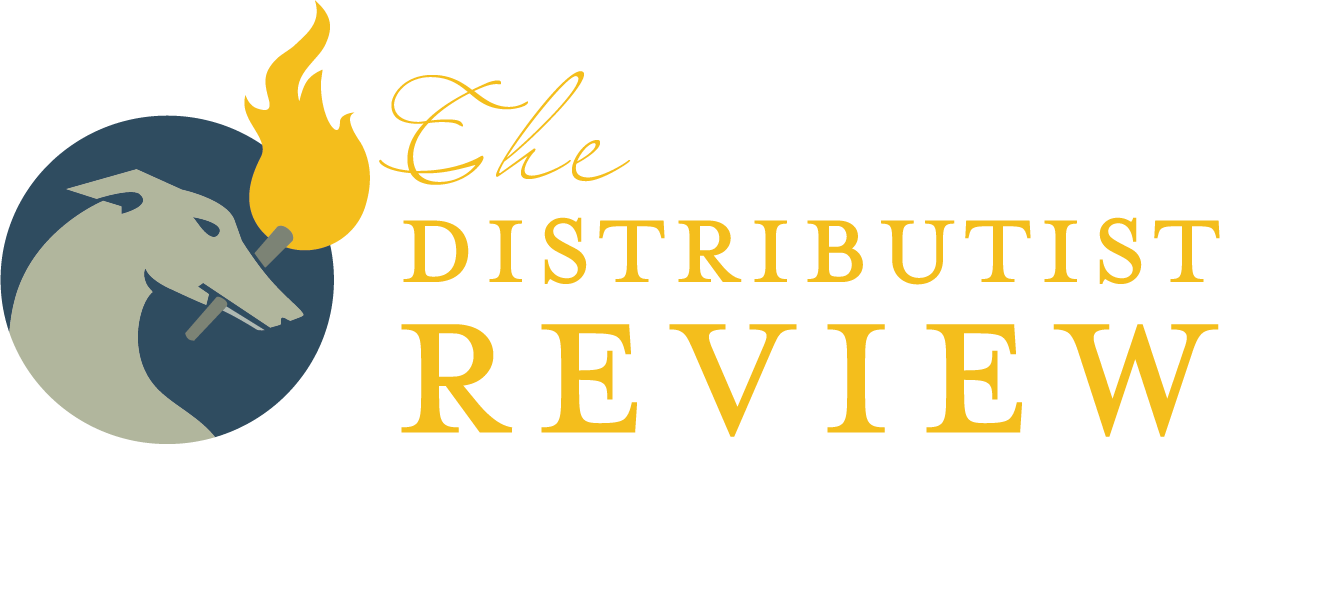Flandria Village
In 2006, I had occasion to speak at a Chesterton Conference in Buenos Aires, the capital of Argentina. There were many remarkable things about that conference, not least that it showed me the tremendous following which Chesterton has in South America—not only in Argentina but in other places on the continent such as Chile and Brazil.At that conference, one of the speakers was Jorge Steverlynk, and I later accompanied him to his home—which turned out to be a very large estate (over 2,000 acres) on the outskirts of the city, close to Luján where Argentina’s most popular Marian shrine is to be found. (The day after I visited Luján, over one million pilgrims converged on the great basilica of the city in an annual act of devotion.)Jorge Steverlynk is one of 16 children of a Belgian migrant, Jules Steverlynk, who came to Argentina in the late 1930s, and established this estate. Jules decided to develop the entire property in harmony with Catholic social principles, and he was greatly inspired by Pope Leo XIII’s Rerum Novarum. He built up a cotton plantation and mill called Flandria (named, I presume, after the principality of Flanders in Belgium), and he created a private company to run it.But it was a company with a very distinct difference. While it employed thousands of workers and offered extraordinary working conditions—for example, it paid double the average wage at the time—it fostered a very strong sense of ownership and personal responsibility among its workers. In fact, they were referred to as ‘partners’ rather than ‘employees’, and they played a crucial role in forming the vast institutional base which underpinned the life of the community on the estate.The owners of the estate made available to all workers—on very favourable financial terms—individual plots of land (each of up to 800 square metres) for the building and ownership of houses, allowing sufficient space for both ordinary gardens and kitchen gardens as well as various yards. It financed over 1,500 houses in this way to its workers. A cooperative body was set up to award various honours and prizes—for the best gardens—so there was the right blend of competition as well as collaboration!The balance between providing benefits to employees and, at the same time, encouraging a sense of personal responsibility was shown in various ways.Jules Steverlynk established schools on the estate, and provided university scholarships for workers’ families. He created a hospital as well, and a range of other health centres which were independently administered by the workers. This provided the necessary sense of security (and what I recall Jorge Steverlynk, at the Buenos Aires conference, calling ‘psychic tranquillity’)—that is, employees knowing that their families’ health needs were covered.There were also established an array of recreational facilities—covering both cultural and sporting interests. More than 40 such institutions arose, ranging from a pigeon-training club [shades of Bill Lawry!] to a mobile library, all of them administered by the partners on the estate. Jules Steverlynk would financially match the contributions of the workers, giving a further incentive to any of these initiatives and doubling their effectiveness.He gave prime attention to the religious life of the community as well, building four churches and chapels on the estate, and paying the salaries of priests who came to teach religion in the schools there. So a balance was achieved between spiritual and physical aspects of the community’s life.Jules’s great emphasis was on the family, and he encouraged marriages and children—providing a family wage (rather than an individual one), and giving subsidies to cover marriage expenses (including honeymoon costs!) as well as clothing and other supplies for newborn babies.The estate gave strong attention, of course, to the economic life of the community. To improve the standard of living among the partners, it financed a workers’ cooperative, which bought food and other products in bulk and sold these discounted goods at modest prices among the partners. It also assisted workers with transport subsidies, buying bikes on a large scale and reselling them cheaply to workers (who could pay for them over time without interest being charged).Maintaining the infrastructure of the estate was also addressed, with a company being created and managed by the employees for the purpose of maintaining the streets and street lights, using tractors and machinery donated by the company.Thus Jules Steverlynk established what became known as Flandria Village. One of its most notable features was a musical band formed by the staff. It was named ‘Rerum Novarum’ after Pope Leo’s encyclical. In 2002, a highly acclaimed movie, entitled ‘Rerum Novarum’, was made in Argentina, featuring the former workers of the Flandria cotton plant who, now in their 80s, continued to play in the band long after the plant itself has closed. The film caused some controversy in Argentina, as it seemed to capture the sense of social and economic trauma which was gripping the country at that time, and evoked nostalgia for a better past.Jules Steverlynk was known affectionately by his staff as ‘Don Julio’, and he became a famous figure in Argentina over the years. In the 1960s, the King of Belgium, for example, visited Flandria, and later the Pope (Paul VI) as well.Regrettably, the estate doesn’t exist in this form now. The State increasingly sought to control the private arrangements and conditions which applied communally at Flandria, and no doubt the passing of ‘Don Julio’ took away a key figure and leader, not only in a practical sense, obviously, but also, I suspect, symbolically.Yet the distributist experiment that it was remains of great interest—and, one hopes, a beacon of hope and inspiration for all those who see the value of distributed ownership and communal participation as the foundation of a free society.

